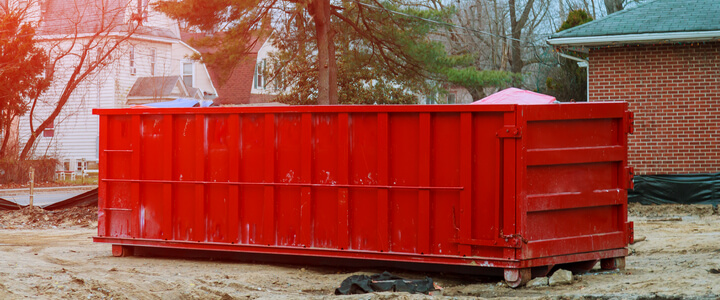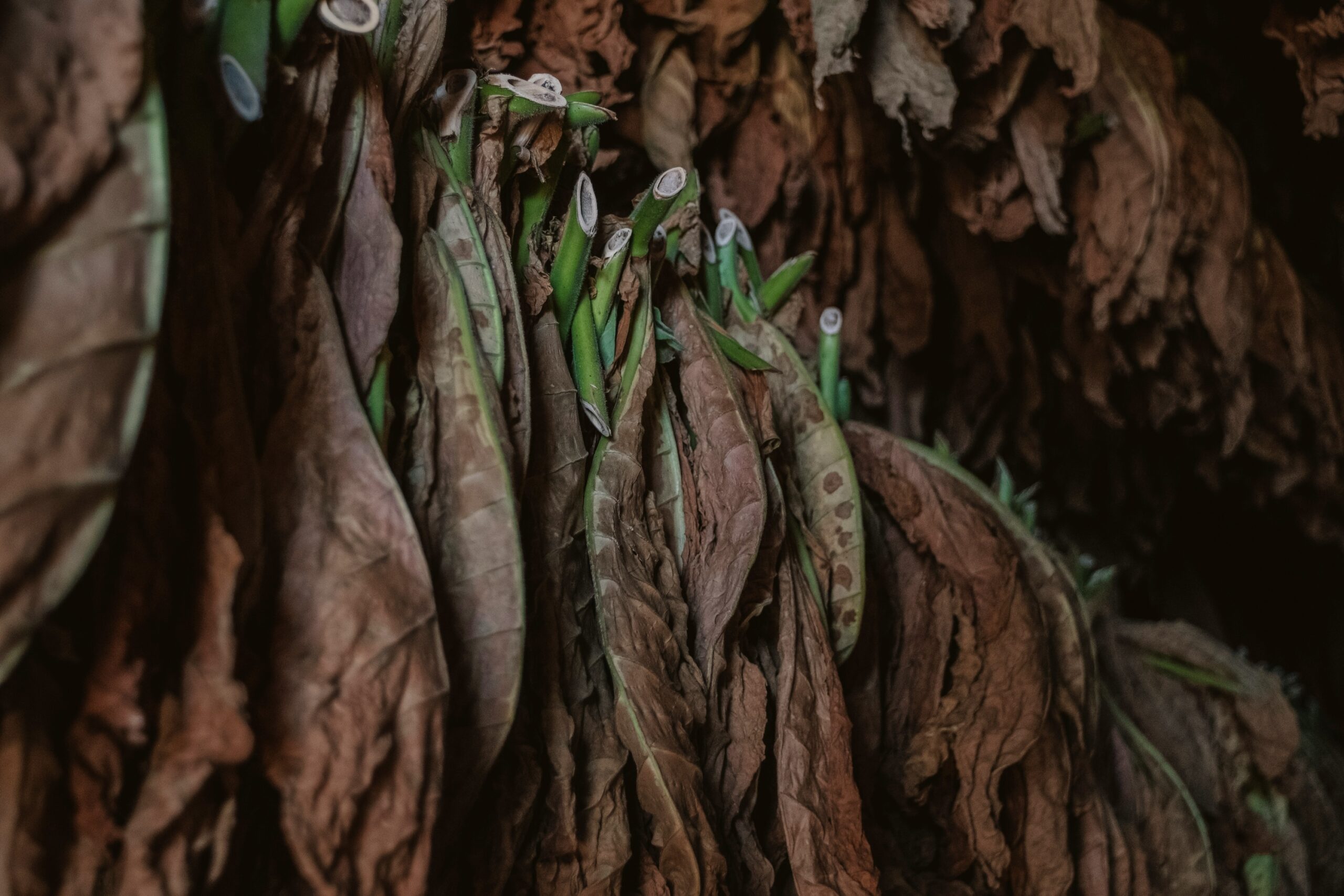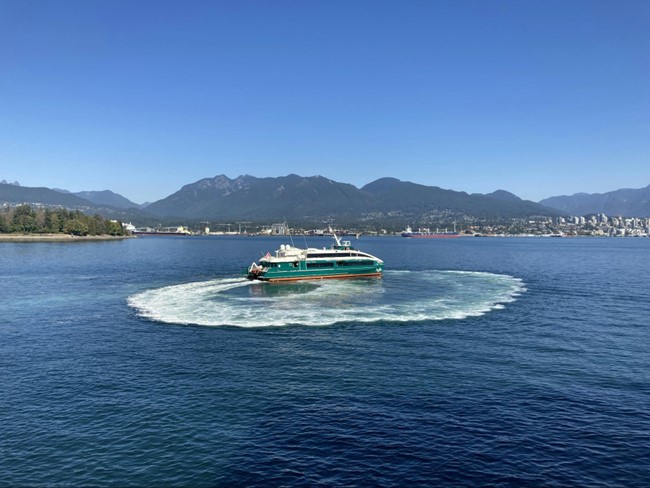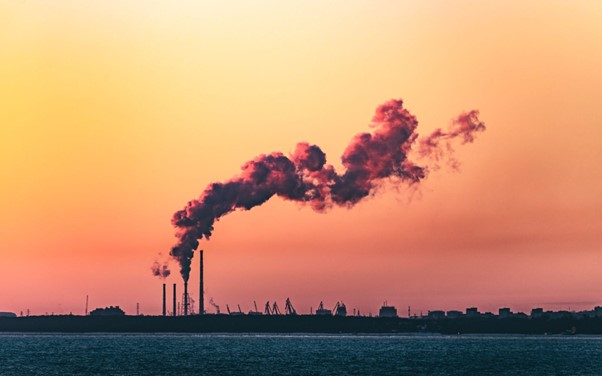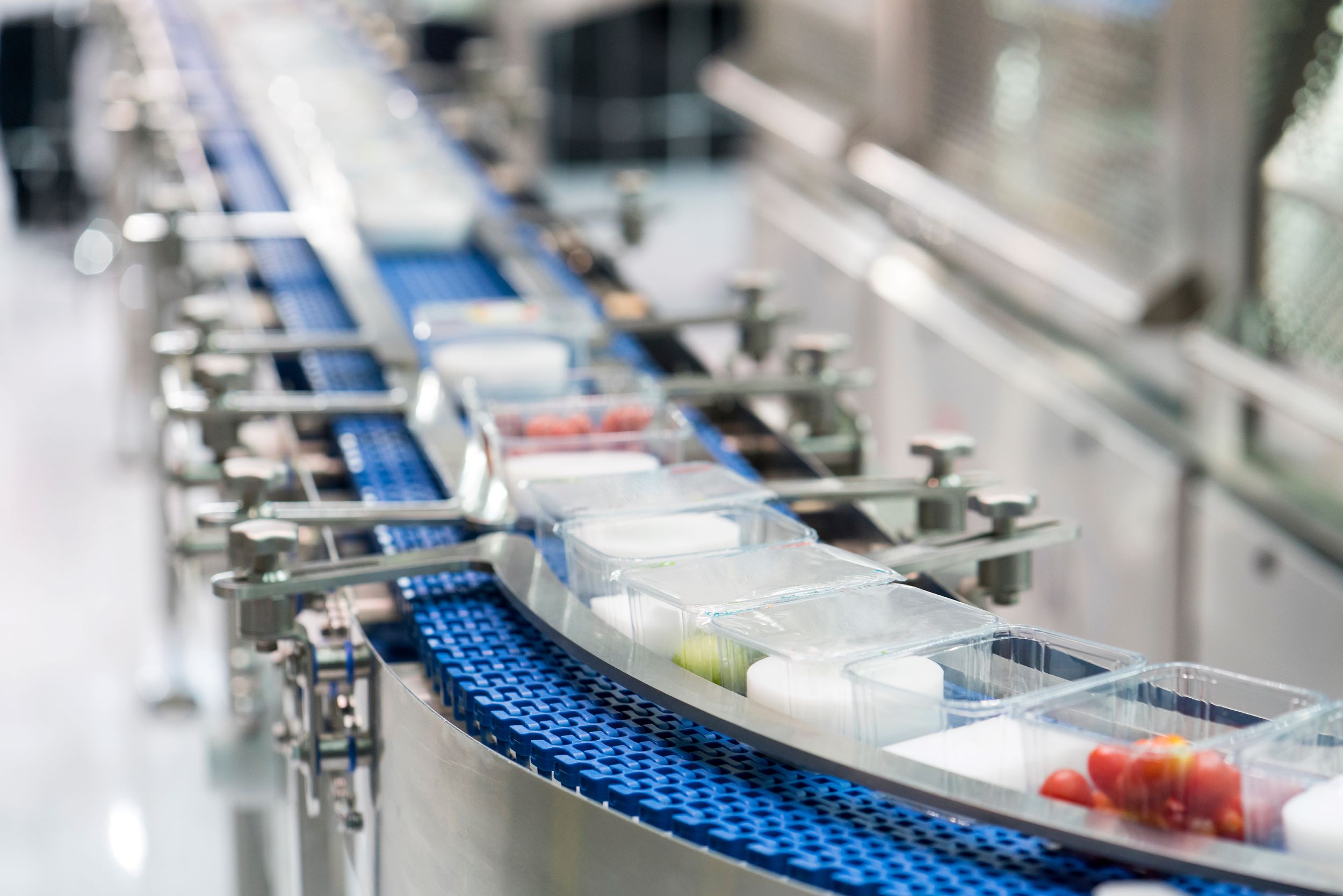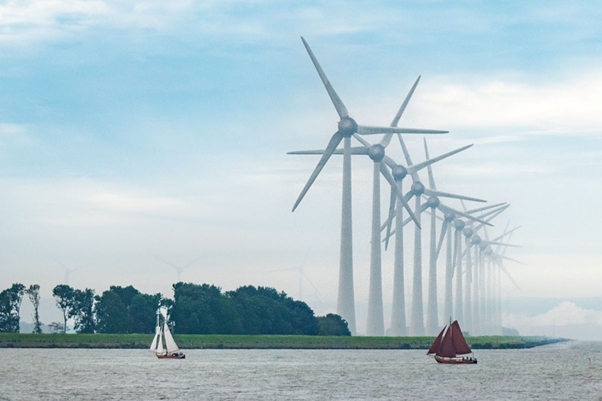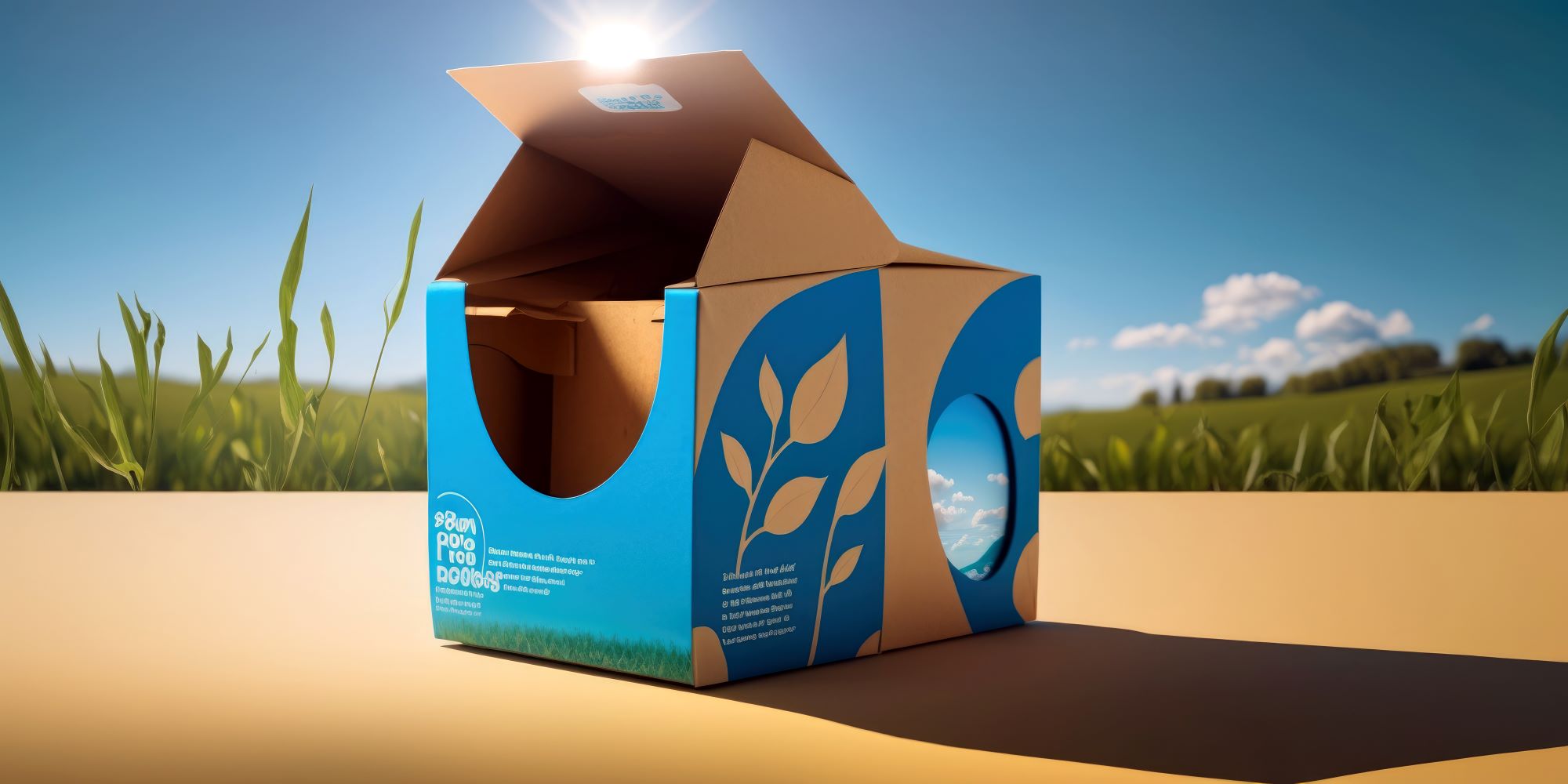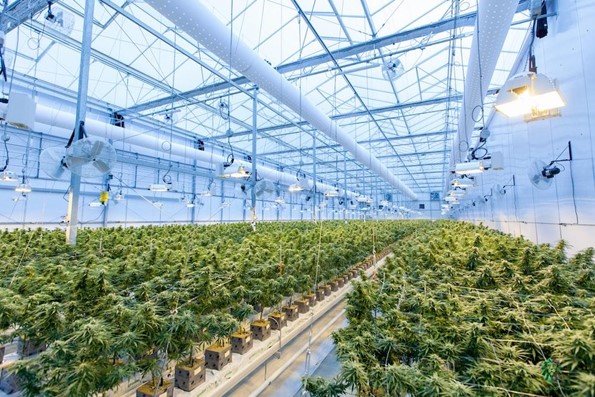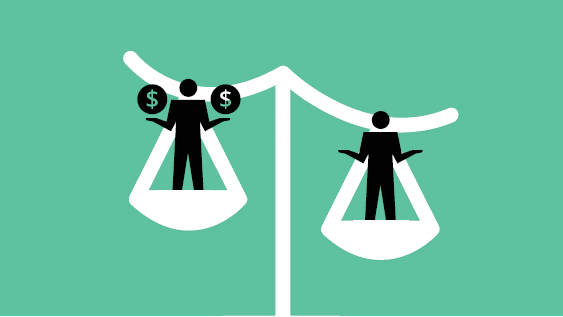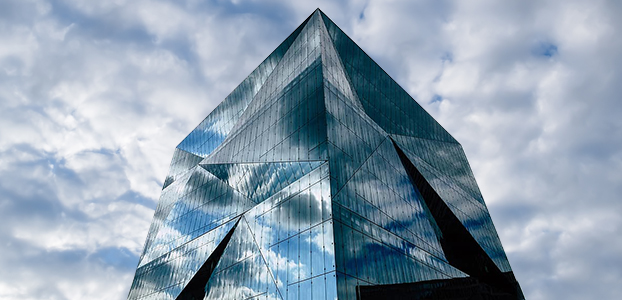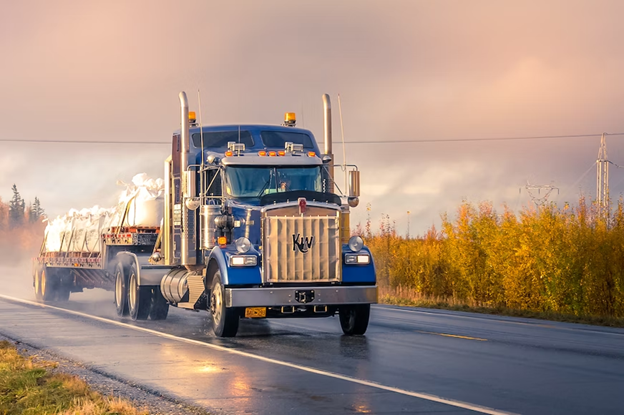The Marine Wildlife Most Endangered by Plastic Pollution
Plastics are everywhere, and not in a good way. Whether it’s on Mount Everest or dwelling in the deepest depths of the ocean, humans have spread plastic around on a global level. It’s important that we come to terms with the devastation that plastics have caused already and will continue to do until we start thinking about plastic in a different way – such as classifying plastics as persistent, bioaccumulative and toxic (PBT) pollutants.
Not only are we finding evidence of microplastics around the world but the wildlife that inhabits those spaces is ingesting them. Whether it’s large creatures like whales or tiny crustaceans like krill, microplastics can be toxic to animals that ingest them or make them more likely to suffer from diseases. With that in mind, let’s take a look at the marine wildlife struggling to overcome the microplastic pollution crisis and how this is impacting the natural ecosystem beneath the surface.
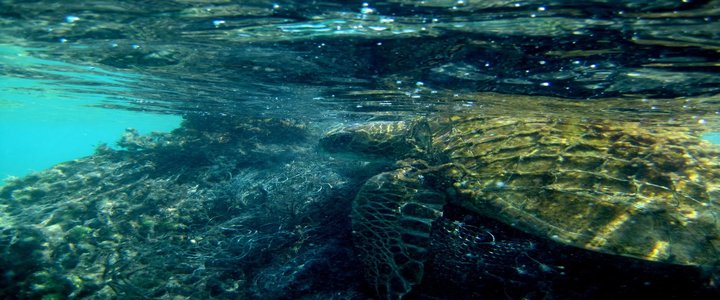
Microplastics and their impact on zooplankton
Some of the smallest organisms in the sea are being affected by microplastics, and arguably because they are so tiny, they are impacted the most. For example, Researchers at the British Antarctic Survey discovered that Antarctic krill and salps are ingesting microplastics whether it’s on the seabed, in the ocean or on its surface.
With their food being tiny particles, the most likely scenario according to the researchers is that the organisms are simply mistaking microplastics for their food. However, not only is the issue of microplastics important at the small end of the scale, this also feeds through the chain to larger organisms.
In the Antarctic, krill is a main food source for whales, seals and penguins while salps are eaten by fish and birds – so pretty universally eaten by a large variety of wildlife in the region.
If everything a fish or marine animal eats is contaminated with microplastics then it’s clear the entire food chain is affected by microplastics. The accumulative effect of these microplastics is creating chronic exposure levels, increasing the risk of adverse health issues for all species in contact with these pollutants.
Fish
As mentioned, with microplastics in the smallest organisms then the entire food chain is impacted but the larger the animals become the more plastic they are in danger of consuming. Not only will the fish be consuming microplastics from the food they eat but they can also mistake larger pieces for food.
Research done by the Center of Biological Diversity discovered that fish in the North Pacific ingest 12,000 to 24,000 tons of plastic each year. This ingestion can unfortunately cause intestinal injury and death.
Sea birds
While birds have the freedom of the skies, not all are fortunate enough to source their food away from the sea. Birds that prey on fish or marine life are also at risk of ingesting plastic. Like other animals, sea birds can also mistake plastic for food, filling their stomachs with potentially toxic material or leading to starvation.
We can help reduce the impact of this plastic pandemic to a degree by altering our own purchasing and consumption habits. Adopting a circular economy approach means we can buy in a more sustainable way, whether that’s clothes, camera equipment or food. The key principle of the circular economy is to reduce, reuse and recycle to ultimately eliminate waste and pollution.
Sea turtles
Not all plastic floats as various types have different densities but, sea turtles can mistake debris bobbing across the ocean as food. Sadly, this can cause the turtles to choke or cause internal injury if there are sharp edges to the plastic.
Should the sea turtles survive this ingestion, they can still find themselves in trouble as the plastic debris sitting in their stomachs makes them feel full. This leads to reductions in their actual food intake which can cause starvation, stunt growth in young sea turtles and ultimately lead to their deaths.
Not only is plastic impacting their health, with over half of the sea turtles in the world estimated to have ingested it, but it is invading the beaches and natural habitats where they reproduce, impacting birth rates and reducing their population.
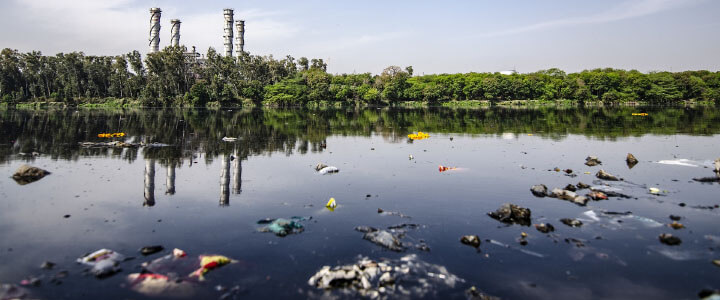
Marine mammals
Marine mammals can fall foul of plastics floating in the oceans in a variety of ways. They can of course ingest it like many other animals in the sea both directly and indirectly through the contamination of their prey.
A recent, tragic example of this was a whale that washed ashore in Hawaii with a stomach full of plastic and fishing gear. But eating plastic is not the only danger, entanglement is another significant cause for concern.
Getting tangled in plastic, whether that’s a bag, beer rings or general debris can be fatal for a marine mammal. It’s not great for other types of marine life, but if a mammal gets tangled up in plastic and is unable to swim properly they might not make it back to the surface for another breath.
The plastic pollution problem
With evidence of microplastics in freshly fallen Antarctic snow also being detected, it’s clear there is no escape for wildlife and it’s something that the human race has to find a solution to correct.
Unfortunately, some people and organisations use the ocean or waterways as a dumping ground, meaning that plastic waste inevitably floats its way through the seas and onto the shores of countries hundreds or thousands of miles from their original source.
This is a problem as many countries lack the infrastructure to prevent plastic pollution, whether that’s stopping it from entering their environment or creating effective recycling and disposal measures of their own.
We can do our bit by avoiding plastics as much as possible, whether that’s using products made from recycled ocean plastics, refraining from buying single-use plastics or recycling and repurposing the plastics we do have to ensure they aren’t thrown into landfill or our oceans.

